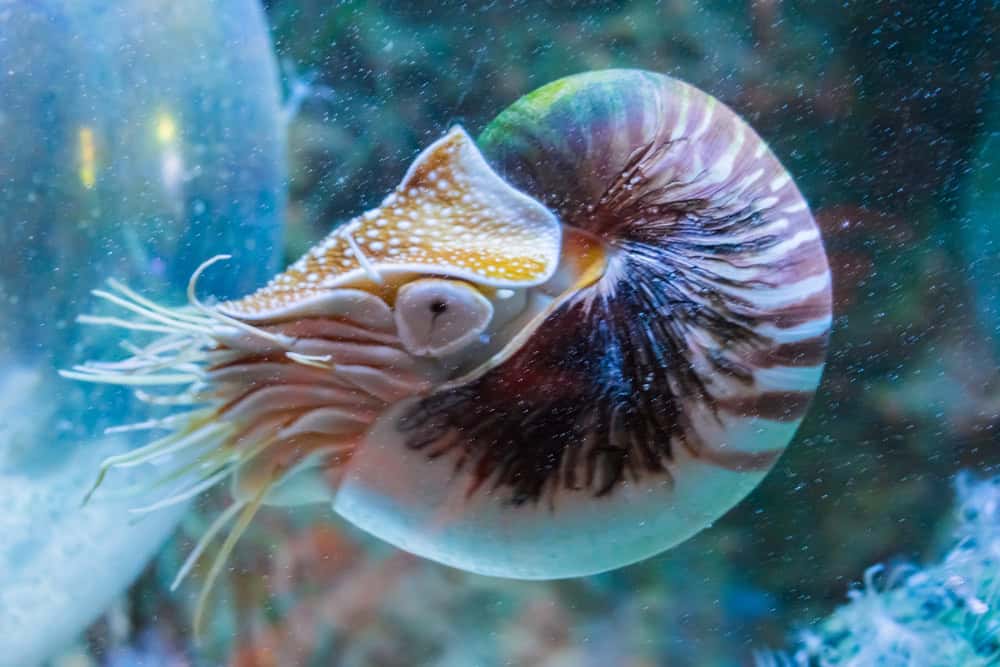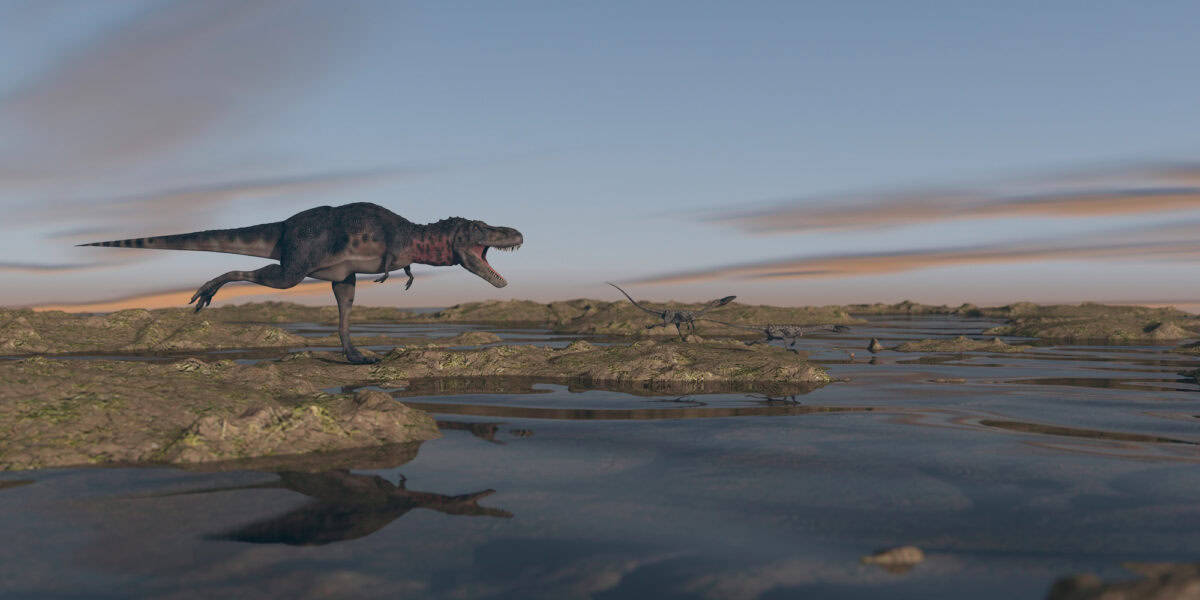The oceans, vast and largely unexplored, harbor a world teeming with life, some of which predate the age of dinosaurs. These ancient creatures have adapted through millions of years, surviving cataclysmic events that wiped out many other species. Let’s dive deep into the ocean and explore five fascinating ocean creatures that have outlived the dinosaurs, continuing to thrive in Earth’s ever-changing aquatic realm.
Horseshoe Crab

The horseshoe crab is an extraordinary organism often dubbed a “living fossil” because its appearance has remained largely unchanged for over 450 million years. These hard-shelled creatures existed roughly 200 million years before the first dinosaurs roamed the Earth. Their unique blue blood is crucial to modern medicine, used to detect bacterial contamination in medical equipment and vaccines. Horseshoe crabs have survived harsh environmental changes thanks to their adaptable physiology and their ability to thrive in diverse habitats, from deep ocean waters to intertidal zones.
Coelacanth

Thought to have been extinct for 66 million years, the coelacanth made a stunning reappearance in 1938 when a live specimen was caught off the coast of South Africa. This deep-sea fish, characterized by its lobed fins, first appeared about 400 million years ago. Coelacanths are remarkable for their evolutionary stasis, exhibiting little morphological change over millions of years. Living in underwater caves, they employ a unique method of motion and prehensile abilities to navigate the ocean floor, earning them a revered spot in the study of evolutionary biology.
Sharks

Sharks have roamed the oceans for over 400 million years, making them older than dinosaurs. Their formidable design—streamlined bodies, keen senses, and razor-sharp teeth—has remained effective in their top-predator roles. The Great White Shark and the Mighty Megalodon are popular figures, yet there are nearly 500 species, from the small dwarf lantern shark to the gentle giant whale shark. Sharks’ adaptability and varied diet allow them to occupy various ecological niches, contributing to their long survival through Earth’s turbulent history.
Nautilus

The Nautilus, another ancient mariner, has graced the seas for over 500 million years. Known for their beautiful spiral shells, which embody the Fibonacci sequence, these cephalopods are excellent examples of living fossils. Nautiluses inhabit the deep slopes of coral reefs during the day and ascend at night to feed. Their ability to regulate buoyancy through an intricate method of gas exchange within their shells has been a vital adaptation aiding their survival over centuries. The Nautilus continues to captivate scientists with its primitive charm and resilience.
Jellyfish

Jellyfish have been pulsating through Earth’s oceans for over 500 million years, predating complex life forms such as insects, birds, and mammals. These gelatinous creatures are simple in structure, lacking a brain and heart yet thriving in diverse oceans. Their stinging tentacles and transparent, umbrella-like bodies help them catch prey and avoid predators. Jellyfish have an astonishing ability to adapt to changing environments, evidenced by their successful proliferation and ability to survive in waters with varying salinity and temperature.
Conclusion

These ancient ocean dwellers are a testament to nature’s resilience and adaptability. With their long-standing presence on Earth, these creatures tell fascinating tales of survival and evolution. They ignite curiosity and interest as we continue to explore how they have endured and what they can teach us about the history of life on our planet. The stories of these ocean titans remind us of the vast wonders beneath our seas, urging us to preserve the delicate balance that allows them—and us— to thrive.
- 14 Rare Horse Breeds You Didn’t Know About - August 9, 2025
- The Largest Wildfire to Ever Burn in the US - August 9, 2025
- The Secretary Bird A Raptor That Hunts on Foot - August 9, 2025

